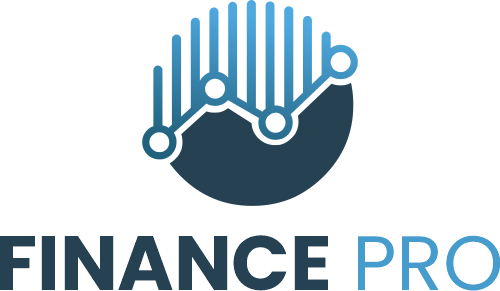Helping nonprofits scale gen-ops dollars to fund the infrastructure they need to grow. Sherry Quam Taylor, CEO of QuamTaylor.
A few months into our work together, a nonprofit CEO called with news. His organization—large, federal government-dependent and running too many events and appeals each year—had been stuck on the transactional treadmill.
Revenue was lumpy, the development team’s hours weren’t aligned with dollars and the board (along with many loyal event donors) wasn’t giving its best gift. The mandate was clear: Diversify funding, reduce dependence on federal dollars and build a higher-ROI philanthropy engine.
Those first one-on-one board meetings were the rollout of a different model, one built on investment-level conversations, genuine board participation and shared accountability for major, unrestricted revenue. The agenda was simple and intentional: educate, invite, mobilize. What does that really look like? Let’s dig in.
1. Educate: Optimize Investment-Level Conversations
Most boards (and many development teams) are fluent in events, appeals and campaigns. Few are trained to lead or even recognize investment-level donor conversations—the kind that pair mission and business, that translate strategy into a three-year financial picture, that answer “what it costs” and “what it returns” with clarity and confidence.
The CEO, now equipped with concise cultivation and solicitation tools, was able to have a different conversation. Essentially, an investment brief that balanced outcomes with unit economics, growth milestones and cash-flow realities. The message: Your limited board hours must map to high-leverage activities.
• Less time filling tables and blasting lists
• More time advancing a donor to their best annual gift through targeted, numbers-literate dialogue
2. Invite: Ask For The Board Member’s Best Gift
Many organizations celebrate “give/get” compliance while quietly leaving money on the table. In practice, a surprising number of board members have never been personally solicited for their best gift. Oftentimes, they only receive a form or an email. Changing that dynamic is both symbolic and catalytic.
In each 1:1, the CEO in this example modeled the very conversation he wants replicated with external donors. Then, using new solicitation tools, he asked—specifically and respectfully—for the board member’s best gift this year.
3. Mobilize: Share The Portfolio And Align Hours To Dollars
If a board member has one to two hours a month to contribute beyond governance, those hours must sit at the top of the fundraising pyramid. The organization adopted a shared-portfolio approach. Each board member co-owned a small set of qualified relationships with leadership and development, with clear next steps, roles and measures of progress.
This isn’t a “names dump.” It’s intentional relationship work: warm introductions, joint donor briefings, attending key meetings when appropriate and helping move a prospect from interest to belief to investment over six to 18 months.
What Happened Next
After those first 1:1s, every board member’s gift grew. Every single one.
That instant lift matters, but the lasting value is cultural. The board now understands what an investment-level conversation sounds like. Members have felt a tailored solicitation, and they see how their time directly fuels the organization’s highest-ROI activities. The CEO has shifted scarce development hours from event production to relationship advancement. And the team finally has the tools and permission to talk fluently about the math behind the mission.
Why You Should Replicate The Shift
Board members have very important work to do—and it’s not transactional in nature. Transactional activities like appeals and events can be useful, but they are episodic and rarely produce flexible, multiyear capital at scale. Investment-level philanthropy does. It changes the cash-flow curve, reduces dependence on delayed or restricted sources and funds the capacity—people, systems and time—that actually drive growth. That’s where I want board members to spend their time fundraising.
Critically, this approach treats fundraising as an organizational model, not a calendar. It integrates finance and development, sets explicit targets for unrestricted revenue and measures relationship quality (e.g., number of investment-level conversations, proposal volume and size, percent unrestricted, days cash on hand), not just activity counts.
A Better Use Of Board Capital
Board members want to help. And when they experience a best-gift solicitation themselves, they learn how to model it for others. That is the fastest way to align governance time, executive time and development time to dollars—and to move from transactional fundraising to durable, scalable revenue.
Blunt truth: Too many teams are still relying on story-only appeals and event cycles. The organizations that grow teach their boards—and their fundraisers—to lead investment-level conversations. Do that, and you’ll see immediate signals, like larger board gifts, and long-term shifts: more unrestricted revenue, smoother cash flow and confident funding of the strategic plan.
Same mission. Better model. The shift starts in the boardroom.
Forbes Nonprofit Council is an invitation-only organization for chief executives in successful nonprofit organizations. Do I qualify?


